Should YOU Tourniquet a Snake Bite?
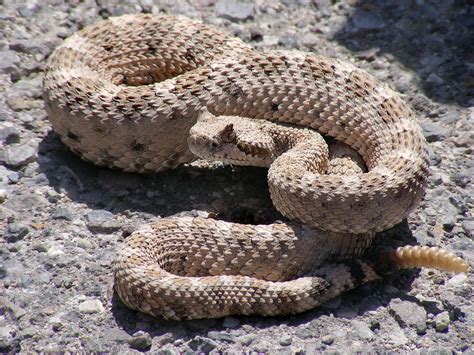
With summer comes outdoor activities like hiking and camping, and yard work. With the warmer weather comes more interaction with wildlife like snakes.
Knowing what to do with snake bites could help you to come out on top in a bad situation. In this article I will be discussing some first aid, dos and don’ts so you can save the day.
My experience with snake bites comes from taking care of young men attempting to catch and handle the snakes. This is fine as long as you’re confident you know what snake you’re trying to grab. A Gopher (Bull) Snake isn’t venomous, but if you don’t know the difference in the markings, you could be snagging up a Rattler.
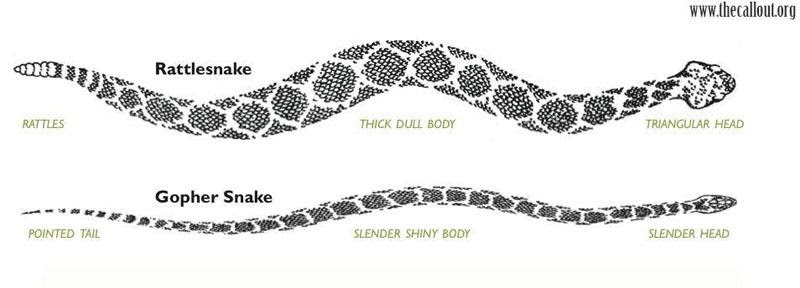
Best to leave them where they are, than risking an embarrassing trip to the ER.
Don’ts:
- Don’t try to catch the snake that bit you. You might get bit again. Try to snap a pic with your phone if you can so the ER can identify the snake and give you the proper treatment.
- Don’t try to suck out the venom. You’re unlikely to get any venom out and if you do, you could just poison your mouth. One old method was to cut a slit between the fang marks with your hunting knife, then suck out the venom. Don’t do this.
- Don’t bother with a venom suction kit. They don’t work at all, or well enough to make carrying one worthwhile.
- Don’t tourniquet the limb. According to recent research, tourniqueting a snake bite won’t do anything to reduce the spread of the venom, and you risk damaging body tissues and other more serious complications.
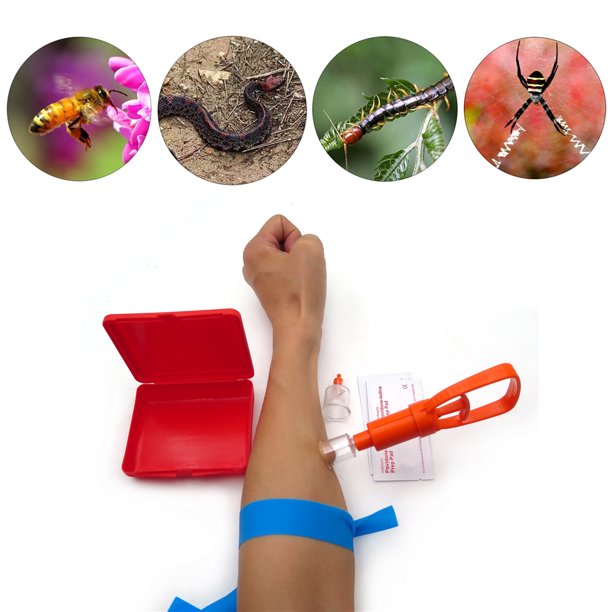
According to International Journal of Research in Medical Sciences:
“The reasons for discouraging the use of tourniquets are risk of ischemia and loss of the limb, increased risk of necrosis, increased risk of massive venom bolus when tourniquet is released, risk of embolism if used in viper bites due to pro-coagulant enzymes which will cause clotting in distal blood.
In addition, the effect of the venom in causing vasodilation presents the danger of massive hypotension when the tourniquet is released. Several experimental studies have shown that tourniquets do not work, and venom was not slowed by their use. Tourniquet give patients a false sense of security, which encourages them to delay their journey to hospital.”
Gargi, Gaveshna & Saini, Amit. (2020). Tourniquet application in snake bite: are we aware? International Journal of Research in Medical Sciences. 8. 3031. 10.18203/2320-6012.ijrms20203459.
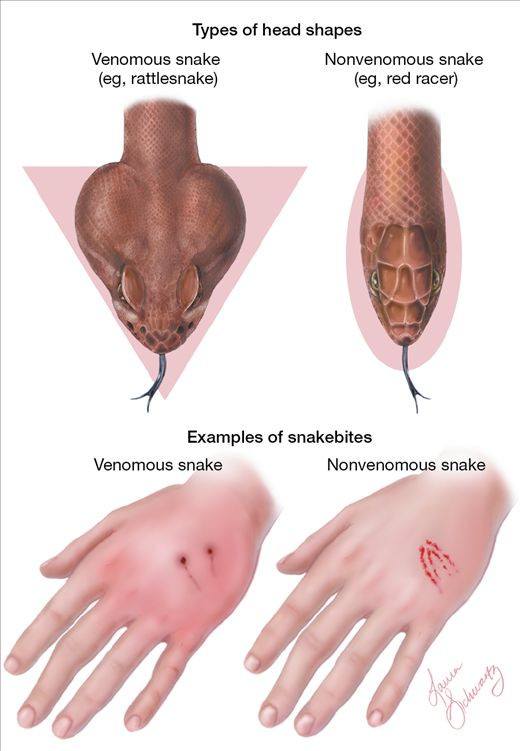
Do’s
- Keep the victim as calm as possible and reduce exertion to help slow the spread of venom.
- Identify the wound. Two separate holes means it’s more likely to be a bite from a viper. Though some bites are “dry,” meaning there was no venom in the bite.
- Keep the victims limb elevated above the level of the heart for the same reason as above.
- Splint the wound with whatever materials you have handy. A bandana and a few sticks could fill this role nicely. The TacMed RISE™ Splint is an excellent multipurpose splint that will work great for this and many other types of injuries.
- Transport to the hospital as quickly as possible. Notify EMS and let them know what’s going on so they can prepare the ambulance crew to transport the victim to a location that has anti-venom on hand as not all healthcare facilities will.
- If you know how, and are able to, try to get a set of vital signs every 10-15 minutes until EMS arrives to observe for changes.
There isn't much more to be done for the victim since the most important thing for them is an anti-venom dose at a nearby treatment facility. So don't be waiting around, get them to a hospital ASAP.
If you are looking for other knowledge for basic trauma care, check out our FREE online course and learn how to use what’s in your new trauma kit.

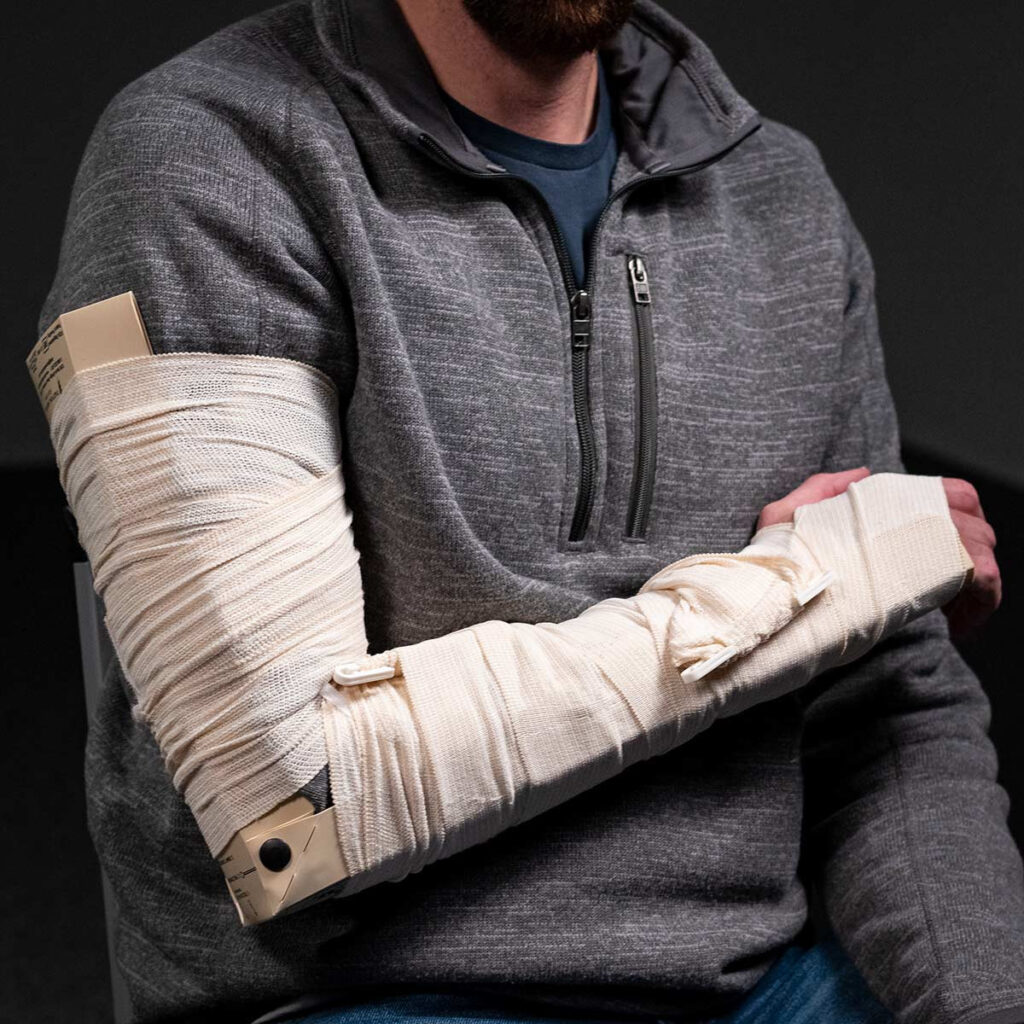
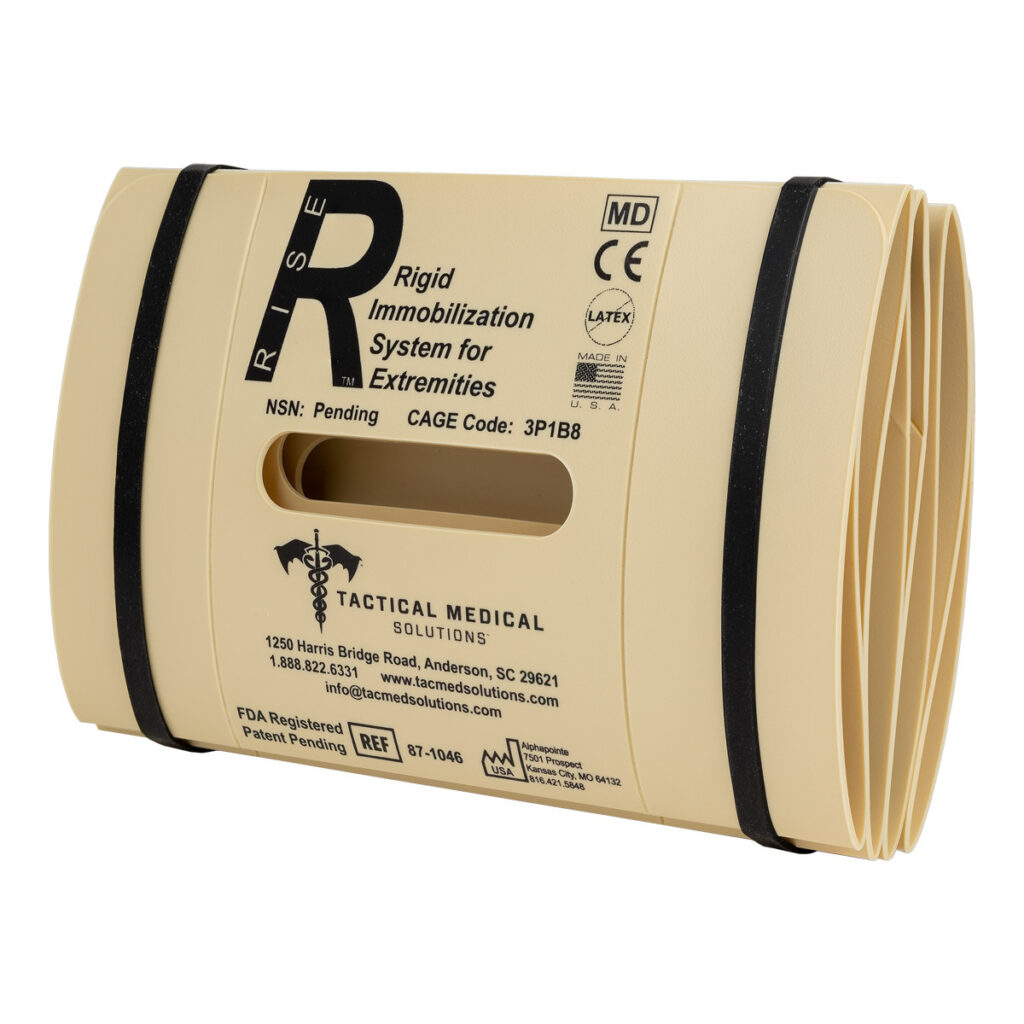
Finally! Common sense info on treating venomous snack bites. And dispelling the cut and suck crap! Now to work on the use of a tasar at the bite site to “neutralize” the venom. More internet BS!
Yeah, a lot of myths need to die in this area and others in First Aid. Thanks John!
Snake head shape is NOT a reliable identifying characteristic as a single item. Many snakes, especially in North American, spread their heads wider to look larger and more threatening.
The numbers of misidentified corn, rat, water and other non-venomous snakes killed because they “had a triangle shaped head” is ridiculous. Just look at the amazing level of stupidity delivered daily on the average Facebook page when a snake is shown.
Not everything is a “diamondcoppermouth.” But way too many people see a “diamond” shape and kill first.
Thanks for the tip Keith!
40 years ago AZ State U was paying $15 for live rattlesnakes. So I had a golf club shaft with a stiff wire down it, loop at the end so I could uncoil and catch them with the loop. We’d put them in a burlap sack with a tie. Had half a dozen one night, went to put one more in the sack in the back of my 70 GMC Jimmy and they’d escaped the sack! We had too much beer so we just opened the doors and tailgate and let the escape. But ASU cancelled that program because too many kids like us were getting bitten….
Ha! Thanks for sharing David! Good story.
I don’t understand why splinting a snake bite is recommended. Medical toxicologists recommend removing restrictive items like tight clothes and jewelry because the patient is going to experience swelling. Splinting a limb for a snake bite serves no purpose. It can’t help but it can certainly hurt the situation.
Splinting the extremity is intended to help reduce the spread of the venom. A splint may be loosened and then re-applied if swelling becomes a problem. You aren’t required to leave the splint in place. Good medicine is all about doing what is best for the victim. Thanks for bringing it up Wes!
Excellent information. Most Herp Societies will give clinics to the public. Don’t handle snakes that you are not familiar with and don’t try to treat a venomous bite. Get to the nearest ER and let them handle it. The only tool you need is a cell phone.
Thanks Bill!
Brian,
Honest question…
Why do we splint a snake bite?
Keep in mind I’m catching up on my first aid. I just completed a stop the bleed course, and found out that the Boy Scouts were wrong, you don’t lose a limb when you put a tourniquet on it
Splinting the injured extremity helps to immobilize it and help keep the venom from spreading more quickly. Or, at least, that’s the idea. Thanks for the question Matt!
I think a lot of older wisdom surrounding snakebites comes from a time where there is no “get them to a hospital.” The reason I clicked on this article was to learn what to do if I was 2 days into the backcountry and without a hospital, because obviously I would take them there.
Any thoughts about using activated charcoal topically and internally?
Best option for brown recluse bites, since there is no antidote to their venom.
I was taught in a first aid course to apply a compression bandage starting at the top of the limb and move down towards the snake bite. The intent was to prevent movement of fluid through the lymphatic system. Has this been superseded?
The whole thing from back in the day was to use a LOOSELY applied TQ to inhibit lymphatic circulation. A gauze wrap at the same tension you’d use to hold a dressing on a minor laceration would seem do that as effectively and more safely than the string in a Cutter kit. Either could end up too tight in the event of significant swelling.
But — to a panicked Boy Scout or the researchers who study them — nuance means nothing. To them, TQ means crank it down enough to stop all blood flow from a major arterial bleed. In the 30 years or whatever since tourniquets went out of fashion for envenomation, I haven’t read about anybody studying the effects of restricting lymphatic circulation by constriction of any kind — so I have no idea whether that is really a bad or good thing.
I do know that a significant envenomation hours or days from advanced medical care makes “go to hospital” a not helpful solution. Sure, 9-1-1 if you’ve got it. If not, you’re on your own — cut, suck, pray, chill, constrict, tenderize, splint, elevate, meditate, medicate, carry on. Modern medical science offers only “keep calm; provide diesel bolus”.
Wrong. Do NOT keep extremity above heart. This speeds up venom to heart.
I was thinking the same thing.